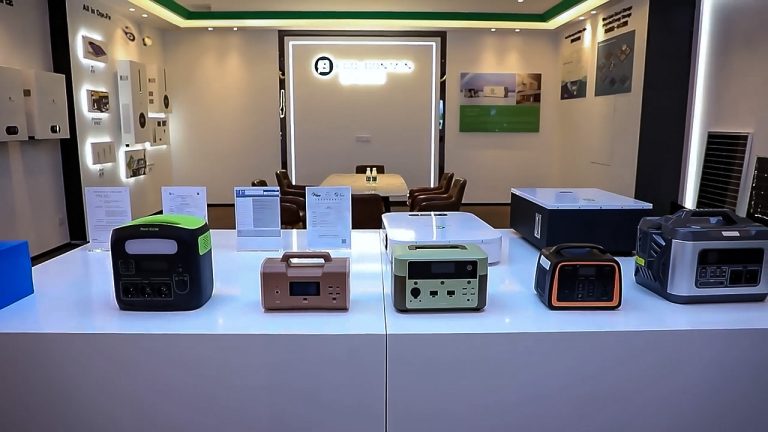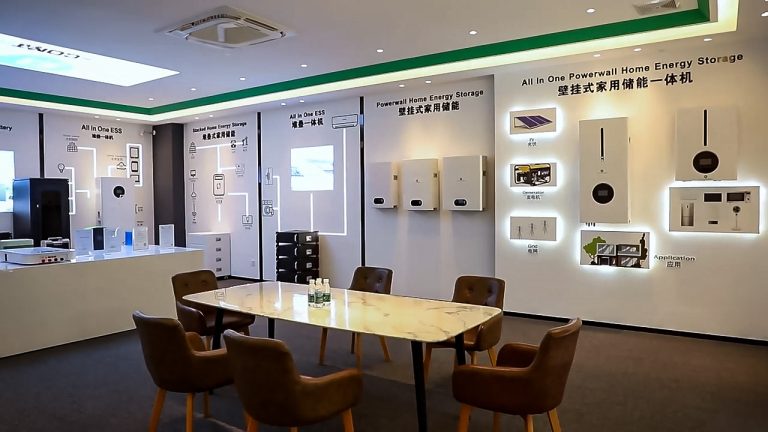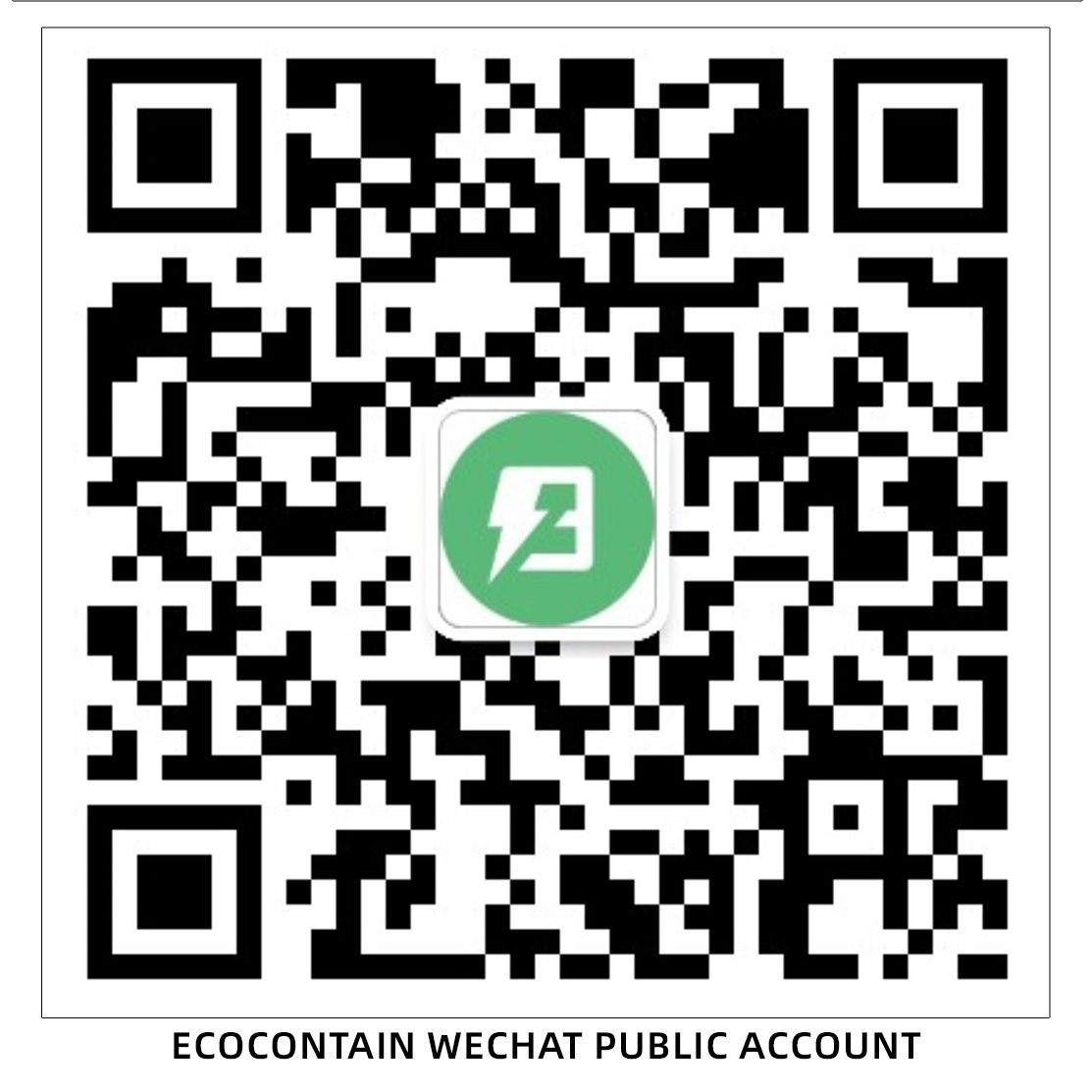According to data released by the China Automotive Power Battery Industry Innovation Alliance, this month, China’s power battery production and installation reached 78.0 GWh and 45.2 GWh, marking a year-on-year increase of 28.9% and 33.3%, respectively. Cumulatively for the year, production and installation reached 484.8 GWh and 304.6 GWh, with year-on-year growth rates of 35.4% and 37.3%, respectively. This upward trajectory aligns with the increased pace of production and sales in the new energy vehicle sector.

Breaking it down by vehicle type, the average installed battery capacity this month was 45.9 kWh, showing a 4.4% decrease from the previous month. The significant rise in LiFePO4 (lithium iron phosphate) battery installations, reaching 21.7 GWh, far surpassing the 10.6 GWh of ternary batteries, accounted for a substantial 67.2% share and saw a remarkable 51.1% year-on-year surge. Amidst the intensified competition and cost control in the new energy vehicle market, the higher cost-effectiveness of LiFePO4 batteries has led to a continuous increase in installations. Notably, the average energy capacity for pure electric passenger cars did not decrease, registering 55.4 kWh this month, reflecting a 1.4% increase compared to the previous month.
Data indicates that this month, 36 power battery companies achieved vehicle installations, one less than the same period last year. The top 3, top 5, and top 10 power battery companies accounted for 80.7%, 88.7%, and 97.2% of the total installations, respectively. This year witnessed an increase of 3 companies, totaling 48 power battery companies achieving vehicle installations, illustrating the escalating competition in the industry.
Ningde Times, BYD, and CATL (Contemporary Amperex Technology Co. Limited) continue to dominate the top three positions in the installation rankings this month, reaching 13.47 GWh, 9.35 GWh, and 3.20 GWh, respectively. With the substantial increase in LiFePO4 battery installations, BYD’s advantage in the LiFePO4 battery installation ranking further stands out this month, recording 9.35 GWh, a significant lead over Ningde Times’ 6.86 GWh and a share of 43.18%.
The rapid growth in sales of plug-in hybrid electric vehicles (PHEVs) has had a significant impact on power battery installations. According to data from the China Automotive Power Battery Industry Innovation Alliance, this month saw a decrease in pure electric passenger car installations, with LiFePO4 battery-supported installations dropping by 6.7%, while ternary battery-supported installations increased by 5.3%. Plug-in hybrid electric passenger car installations increased, with ternary battery-supported installations up by 3.0%, and LiFePO4 battery-supported installations up by 16.6%.
This month, China’s power battery companies exported batteries totaling 11.2 GWh, bringing the year’s cumulative export to 67.1 GWh. As one of China’s “new three items” in foreign trade, power batteries continue to show positive development trends. Data from the Ministry of Industry and Information Technology indicates that in the first half of 2023, China’s lithium battery industry continued its growth trend, with production exceeding 400 GWh, a year-on-year increase of over 43%. The China Association of Automobile Manufacturers revealed that in the first half of the year, China’s lithium battery export value increased by 58.1%.
This month, China’s energy storage battery sales reached 6.3 GWh, almost entirely consisting of LiFePO4 batteries; for the year, cumulative sales reached 51.5 GWh. In terms of exports, energy storage battery exports this month totaled 1.0 GWh, bringing the year’s cumulative energy storage battery exports to 9.8 GWh, predominantly comprising LiFePO4 batteries. LiFePO4 batteries not only command a high share in the domestic new energy vehicle market but are also rapidly gaining traction in overseas energy storage applications.





